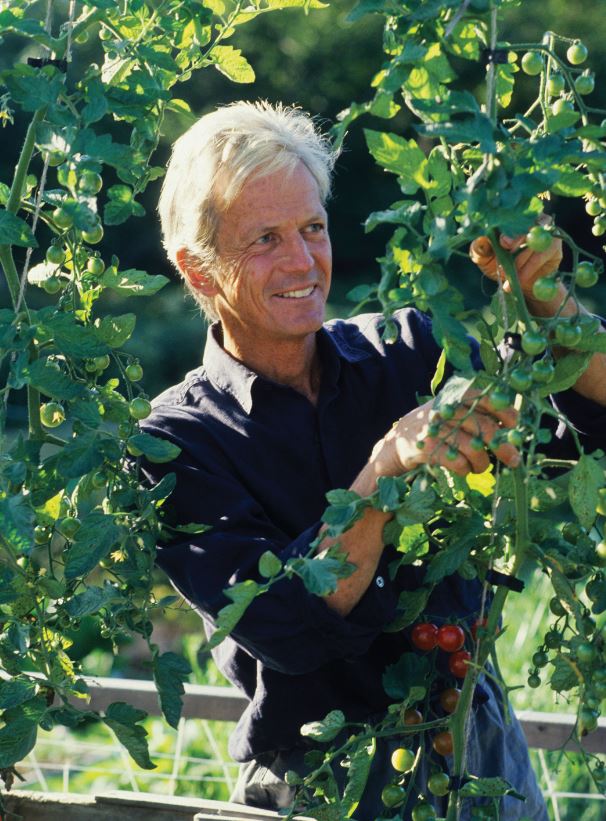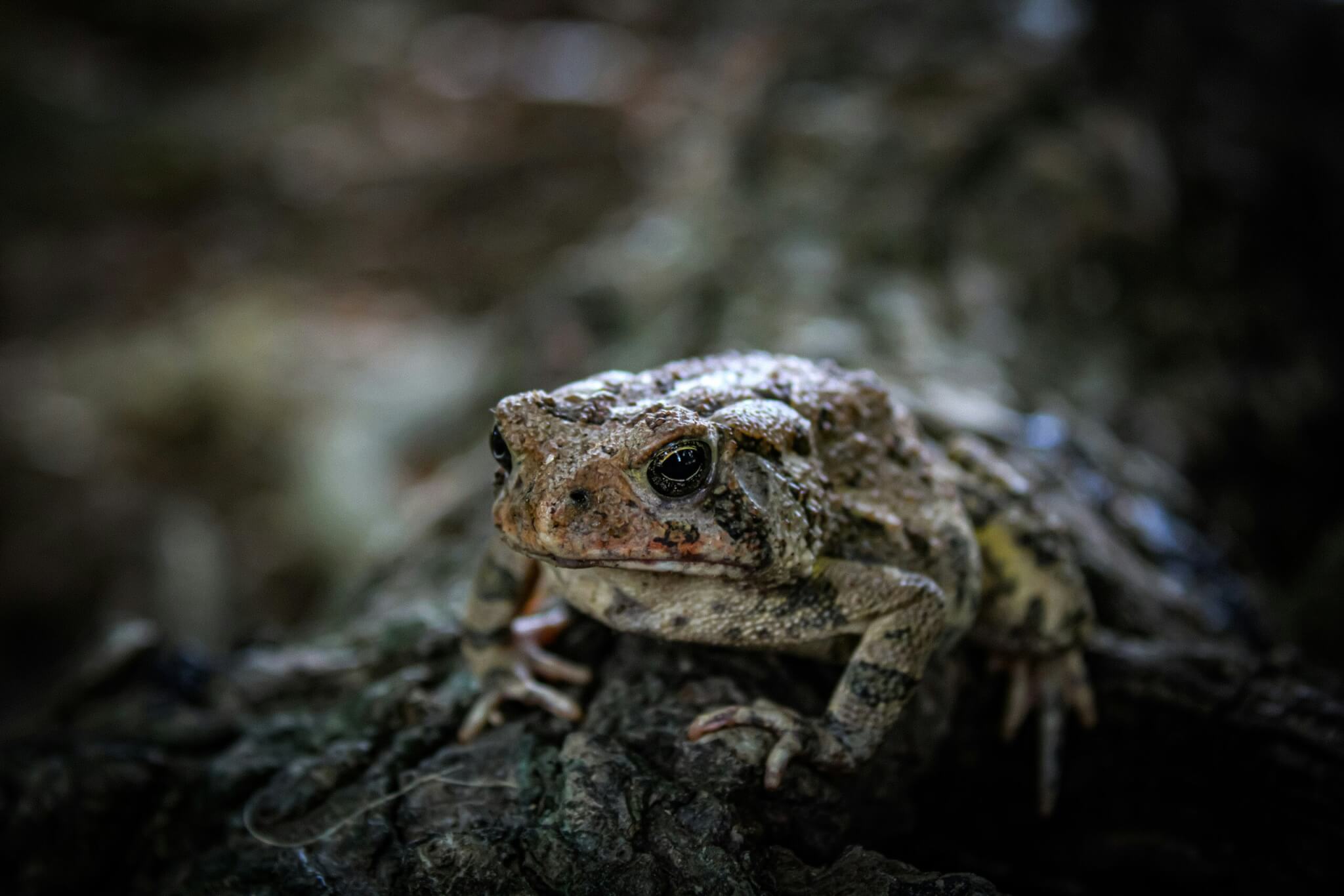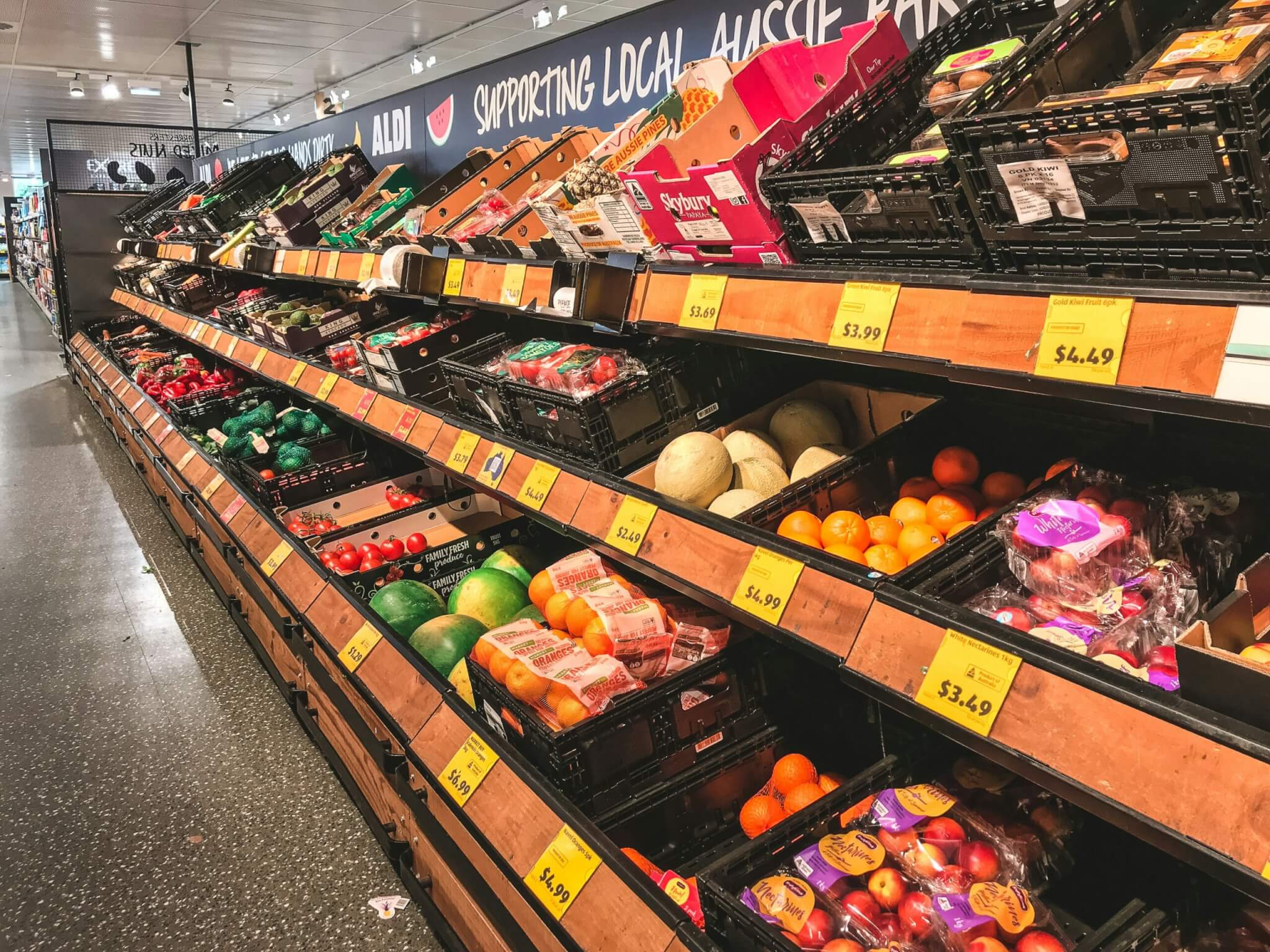Imagine, if you will, an enormous Flemish tapestry hanging from the ceiling of a grand hall. The tapestry depicts the natural world in all its elegance; subsoil and topsoil, plowed fields and green pastures, gardens and orchards, prairies and forests, valleys and mountains, sea and sky are all crisply represented. There are creatures large and small, birds and fishes, bacteria and fungi, predator and prey, and the dynamic balances between them.
From where you stand on the front side of that tapestry, you don’t notice too many others with you. There is, surprisingly, a great buzz of noise coming from the other side. When you walk way down to the far end of the hall and peer around the corner, you can then see the tapestry’s reverse side. With its stray colors and loose threads, it gives, as Cervantes suggests, only a vague picture of what is truly represented.
But what you find there are enormous crowds of people actively trying to decipher what they see and trying to solve problems that only exist on the backside of the tapestry. They have no idea that there is a front side, and when you mention it you can tell they don’t believe you. From where they stand, they can’t see the elegance of the natural world. The vagueness of the backside has convinced them that the planet is poorly designed for food production and needs a great deal of help from humankind to straighten it out.
The problem isn’t that the people on the back- side are ignorant. On the contrary, many of them are brilliant. Their leading scientific disciplines – such as Discordant Thread Theory and Random Color Hypothesis – are highly respected and extensively researched. The university Department of Untrimmed Ends enrolls many student applicants, eager to make careers in the field. A multitude of learned disquisitions are published in numerous scholarly journals. Huge industrial complexes have arisen in concert with their line of thinking, and countless tons of stimulating and controlling substances are produced every year. The backsiders are convinced that as long as they keep expending enormous effort to compensate for Nature’s flaws, all will be well.
However, when you step back to the front side of the tapestry, there are no flaws to be seen. You wonder if the backside people prove ecologist Frank Egler’s statement, “Nature is not more complicated than we think. Nature is more complicated than we can think.” But that is obviously not the case on the front side. As you study the front side more thoroughly, you begin to see the patterns involved. You notice that the agricultural practices of the frontside farmers are designed to harmonize with the directions in which the natural world wants to go anyway. You notice how those practices have been selected to nurture and enhance the systems with which they interact.
Biology is in charge in the natural world, and a sensible agriculture is a biological agriculture that focuses on the soil – a biological agriculture that will continue to be productive as long as the earth abides. To make that a reality, we just need to move the discussion around to the front side of the tapestry.
This excerpt is from Eliot Coleman’s book The New Organic Grower, 30th Anniversary Edition (Chelsea Green Publishing, September 2018) and is reprinted with permission from the publisher.












0 Comments